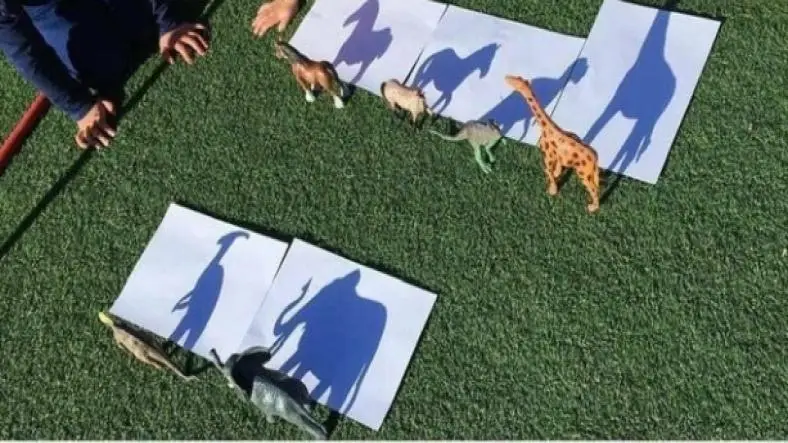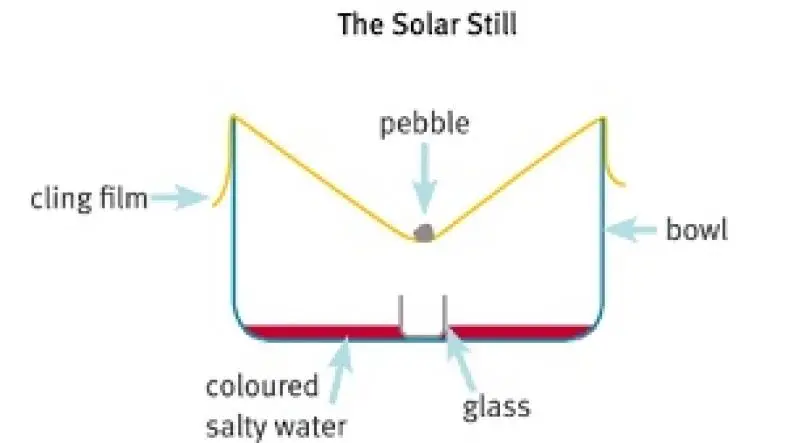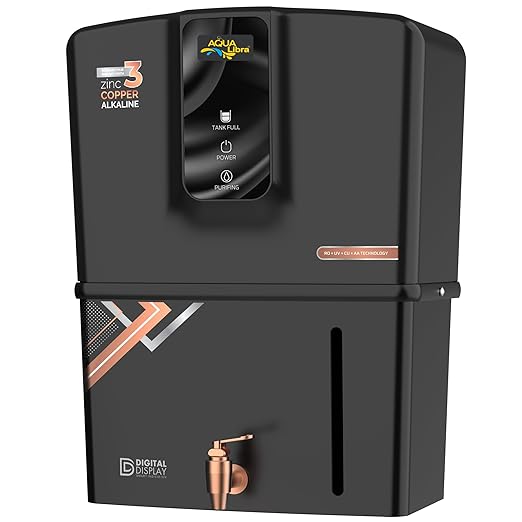Shadow tracing is an excellent way for children to explore concepts related to the Earth's rotation, the position of the sun and how these factors affect shadow length and direction. This simple science experiment demonstrates how the position of the sun in the sky changes throughout the day and how this affects the shadows cast by objects. Here’s a detailed guide on how to conduct this experiment:
Materials Needed:
- Paper or Chalk: For tracing shadows (use chalk if outdoors on pavement, or paper and markers if indoors).
- Ruler: For measuring the length of shadows.
- Pencil or Pen: For marking measurements.
- Timer or Clock: To record the time of day.
- Object with a Known Height: Such as a stick, toy, or any vertical object with a measurable height.
- Compass: Optional, for measuring directions of shadows.
Step-by-Step Guide:
1. Introduction to Shadows:
- Explain the Concept:
- Discuss how shadows are formed when an object blocks light.
- The length and direction of shadows change depending on the angle and position of the light source (in this case, the sun).
- Discuss the Sun’s Path: Explain that as the sun moves across the sky, the angle of sunlight changes, which affects the length and direction of shadows.
2. Set Up the Experiment:
- Choose the Object:
- Select an object with a known height to use as your reference (e.g., a stick or a toy).
- This will help in measuring the shadow length accurately.
- Prepare the Area:
- If outdoors, use chalk to trace shadows on the ground.
- If indoors, use paper and markers or a large piece of paper on the floor.
- Position the Object: Place the object upright on the surface where you will be tracing the shadow.
3. Trace and Measure Shadows:
- Initial Measurement:
- At a specific time in the morning (e.g., 9:00 AM), trace the outline of the shadow cast by the object on the paper or ground.
- Record the time and the length of the shadow using a ruler.
- Repeat Throughout the Day: Every hour or every two hours, repeat the process:
- Measure and trace the shadow.
- Record the time and the length of the shadow.
- Optionally, note the direction of the shadow.
- Track Changes:
- Continue tracing and measuring the shadows until late afternoon (e.g., 4:00 PM).
- Observe and document how the shadow length and direction change throughout the day.
4. Analyze the Results:
- Create a Graph:
- Plot the length of the shadow against the time of day on a graph.
- This will show how the shadow length changes as the sun moves.
- Discuss Patterns:
- Analyze the graph to identify patterns.
- Typically, shadows are longest in the morning and late afternoon and shortest around noon when the sun is at its highest point in the sky.
- Explore Factors: Discuss how the height of the object and the time of year (season) can affect shadow length and direction.
5. Extend the Experiment:
- Compare Different Objects: Use different objects with various heights and compare how their shadows change throughout the day.
- Use Different Locations: Conduct the experiment in different locations to see how shadows change based on geographical location and time of year.
- Explore Seasonal Changes: Repeat the experiment during different seasons to observe how the sun’s path and shadow lengths vary throughout the year.
Scientific Concepts Explored:
- Earth’s Rotation: Understanding how the rotation of the Earth affects the position of the sun and shadow length.
- Sun’s Path: Observing the changing angle of sunlight throughout the day.
- Geometry: Measuring and analyzing shadow lengths and angles.
Tips for Success:
- Accurate Measurements: Ensure that the object remains upright and that measurements are taken consistently.
- Timing: Regularly check the time to ensure that shadows are measured at the correct intervals.
- Documentation: Keep detailed notes and sketches to track changes and patterns accurately.
Safety Considerations:
- Sun Exposure: Ensure that children wear appropriate sun protection (sunscreen, hats) if conducting the experiment outdoors.
- Safe Tools: Use rulers and markers safely to avoid accidents.
Conclusion:
Shadow tracing is a hands-on activity that helps children understand how the sun’s position affects shadows throughout the day. By measuring and analyzing shadow lengths at different times, children gain insights into the Earth’s rotation and the movement of the sun. This experiment combines observation with practical measurements, making it an engaging way to learn about basic astronomical and geometric principles.
Thanks for reading the article, for more Science and Technology related articles read and subscribe to peoples blog articles.















